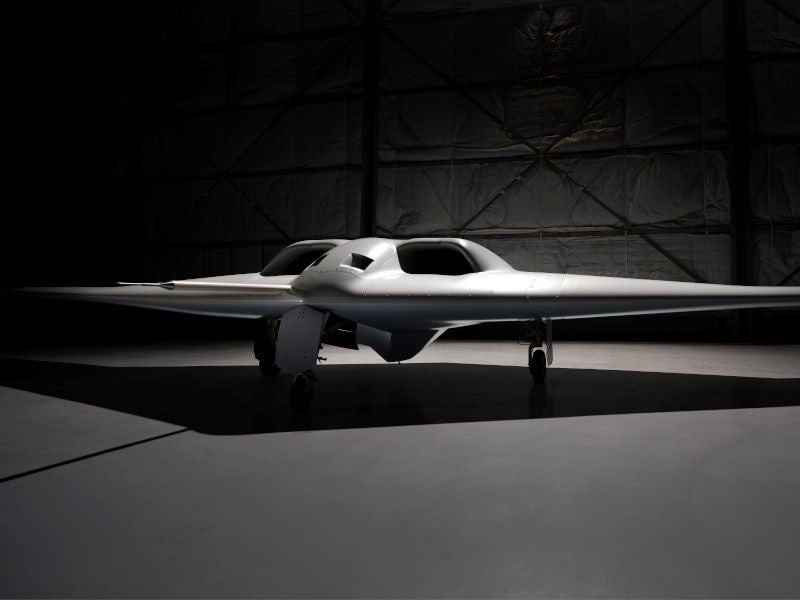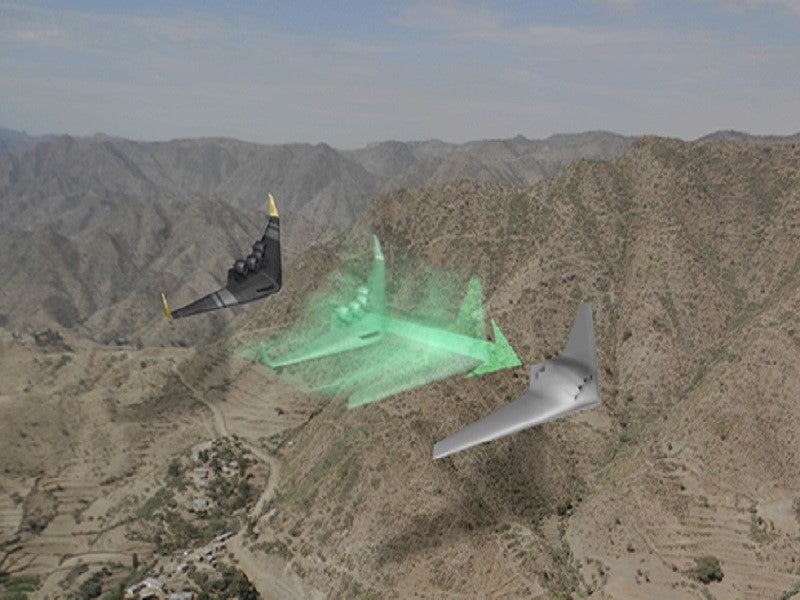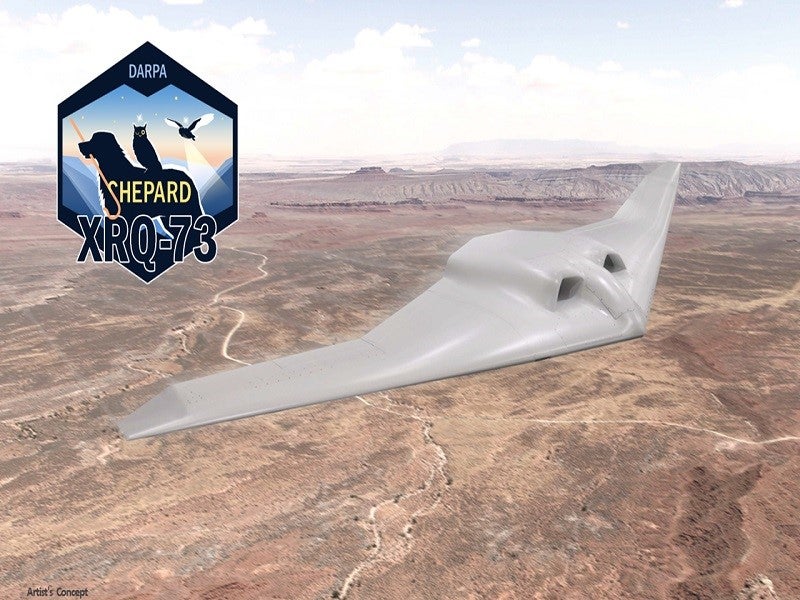The Series Hybrid Electric Propulsion Aircraft Demonstration (SHEPARD) programme is aimed at utilising emerging technologies and rapidly mitigating system-level integration risks to deliver a hybrid-electric uncrewed aircraft system (UAS) that can be deployed quickly.
The programme is based on the Defense Advanced Research Projects Agency’s (DARPA) X-Prime framework, which is intended to advance a new mission-specific aircraft design that leverages hybrid electric architecture and component technologies, aiming for a first flight within 20 months.
The SHEPARD programme was assigned the official X-plane designation of XRQ-73 in June 2024.
In July 2024, defence company Northrop Grumman unveiled the design and construction of the new XRQ-73 SHEPARD prototype aircraft.
The prototype was developed in collaboration with aerospace company Scaled Composites, a subsidiary of Northrop Grumman.
The maiden flight of the XRQ-73 aircraft is scheduled for the end of 2024.
SHEPARD programme background
The SHEPARD programme is an established option under the Air Force Research Laboratory and Intelligence Advanced Research Projects Activity’s Great Horned Owl (GHO) programme.
The GHO programme is designed to advance technologies that enhance the operational endurance and payload capacities of intelligence surveillance and reconnaissance unmanned aerial vehicles (UAVs).
The SHEPARD programme utilises the hybrid electric propulsion and integrates it into a unique military aircraft application. It incorporates certain component technologies from the GHO project.
SHEPARD XRQ-73 aircraft design and features
The XRQ-73 aircraft being developed under the programme will be a Group 3 UAS and weigh around 1,250lbs.
It will have the ability to achieve speeds between 180km/h and 460km/h and operate at altitudes below 5,500m.
The aircraft will be larger in scale than the GHO X-Plane and will feature an operationally representative fuel fraction and mission systems.
The new aircraft will be equipped with the appropriate propulsion architecture and power class for the US Department of Defense.
GHO programme
The GHO programme was announced in 2011.
Phase 1 of the programme focused on developing a propulsion system to generate electrical power quietly using liquid hydrocarbon fuels such as gasoline or diesel.
This system facilitates purely electrically driven, silent flight.
Phase I also concentrated on two primary areas: fuel-to-electricity devices employing advanced combustion engines directly linked to alternator/generator concepts, and electricity-to-thrust devices utilising innovative electric motor-driven propulsor systems.
Phase II of the programme focused on integrating the systems into a cohesive flight vehicle.
GHO is also concentrated on the reduction of the noise emitted by UAVs to prevent humans from hearing UAVs.
As part of the GHO programme, Southwest Research Institute developed a compact, lightweight gas-turbine generator designed to power electric or hybrid-electric UAVs.
The Little Horned Owl programme, associated with the GHO programme, started in April 2018 and was completed in 2023.
It was aimed at developing and validating UAVs that can operate quietly while meeting the Federal Aviation Administration’s requirements for small UAV operations.
Two separate designs were developed, each with a flight radius of 30 miles and a 30-minute time-on-station capability while carrying a payload of 10lbs.
Contractors involved
The prime contractor for the SHEPARD programme is Northrop Grumman’s Aeronautics Systems unit while Scaled Composites serves as a key supplier, alongside aerospace and defence company Cornerstone Research Group.
Research and development company Brayton Energy, engineering services provider PC Krause and Associates, and manufacturing company EaglePicher Technologies are also involved in the project.






